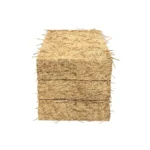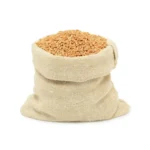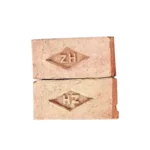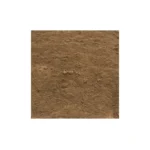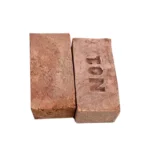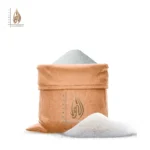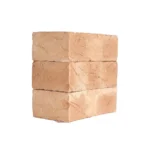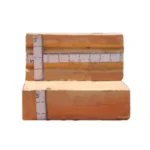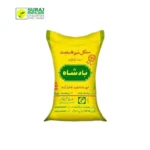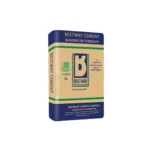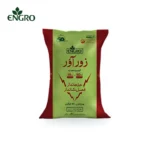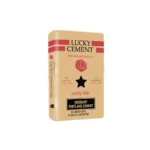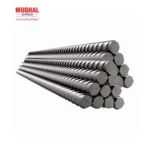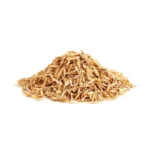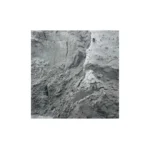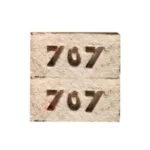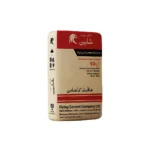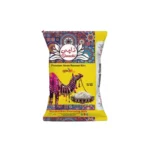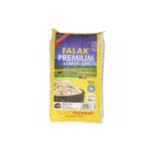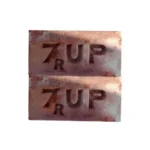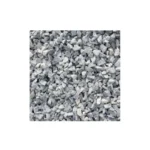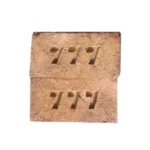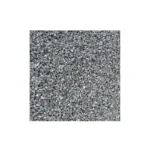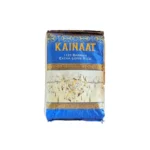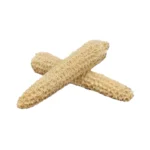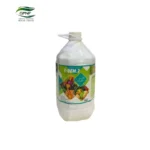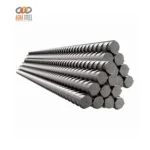A lintel is an important structural component of a building. It is the uppermost portion of a window, door, or other opening (like arched walkways). Its primary function relates to transporting and shifting weights without causing damage to the overall building structure.
You may assume that the contractor would take care of this simple element, but there are numerous types of lintels, so familiarizing yourself with them and their suitability will allow you to participate more effectively in the construction of your home.
What Types Of Lintels Are There And What Is Their Importance?
A lintel is a sort of beam used to support the above wall or partition material for openings such as doors, windows, etc. to provide structural support for a building. The major function of the lintel is to distribute the mass of loads emanating from the high wall to the side walls.
Typically, the lintel beam terminates in the masonry wall to transfer the weight it bears to the masonry walls. The breadth of a lintel must always match the width of the wall; else, the structure will collapse. All of these forms of lintels, which are often employed for load-bearing purposes, can also be utilized for ornamental purposes.
You may have witnessed a gorgeous arch over a door, carved window lintels, or just stunning arched walks that transport you to another world. In most Greek ruins, the entrances remain intact while the majority of the other structures have decayed or been destroyed. Lintels are robust and durable, and they will likely outlast the majority of their potential threats.
When it is feared that a structure may be harmed, it is also common knowledge that one should position themselves directly beneath a door or window.
Now, let’s examine the wide variety of lintels utilized in construction:
1. Timber Lintel
Although wood lintels are no longer a relic of the past, they are utilized more frequently in mountainous regions. The primary disadvantages of wood are its higher cost, less durability, and susceptibility to fire.
If the length of the opening is greater, the lentil is constructed by affixing many wooden pieces with steel bolts. In the case of thicker walls, a timber intel consists of two wooden pieces kept at a distance by wooden packing pieces. Sometimes, steel can also be utilized to add support to the top or bottom of wooden items.
2. Stone Lintel
Stone lintels are one of the most commonly utilized forms of lintels. The thickness is the most significant design element. These are also provided over brick wall apertures. Similar to wood, stone lintels are available in either a single piece or multiple pieces. They are utilized for spans up to 2 meters.
Due to the stone lintel’s poor tensile strength, it is susceptible to cracking if the structure is subjected to vibratory loads (such as being located near a factory or in an area with heavy construction). Consequently, you may be forced to frequently replace your lintels.
3. Brick Lintel
These are utilized when the opening is less than one meter and the loads acting are less than one tonne. The depth varies between 10 and 20 centimeters depending on the span. As a result, it is increasingly used in home construction.
Bricks with frogs (hollow circles designed to be filled) are superior to standard bricks because, when filled with mortar, frogs increase the shear resistance of end joints, also known as “joggled brick lintel.”
There is a second type of brick lintel called “reinforced brick lintel” that is constructed of reinforced brick.
It is when loads are heavy and the span exceeds 1 meter.
This suggests that a hybrid lintel, which combines the qualities of the greatest types of lintels, is the ideal option for your home, as it will give both tensile strength and structural integrity.
4. Steel Lintel
These are some of the most popular forms of lintels since they can support weight and function best in wider openings. These are pieces or joists made of rolled steel. Depending on the length of the opening, a single part or a mixture may be used. Although steel lintels are lighter and easier to work with than concrete, the latter increases their durability. The only negative is that steel tends to rust faster than other materials, such as bricks.
- Reinforced Cement Concrete Lintel
Check out reinforced cement concrete (RCC) lintel if you’re seeking a form of lintel that is easy to install and inexpensive. These are appropriate for all loads and wall widths. RCC lintel is composed of reinforced concrete with steel reinforcement bars for added strength and longevity.
Given the variety of lintel kinds and their varied properties, let’s summarize the discussion below.
| Kind of lintel | Characteristics | Usability |
| Timber | It is less durable. Being flammable, wood is susceptible to fire. These lintels are typically structurally fragile. Without adequate ventilation, wood will inevitably rot. | Used more widely in hilly areas |
| Stone | It is really expensive. Not capable of withstanding severe transverse strain. Vibratory loads can cause structural deformation. It is difficult to deploy them in urban areas because of the complexity of their conveyance. | Not advised |
| Brick/Reinforced Brick | Used for narrow spaces. Offers tensile resistance. For brick lintels, the difficulties are heavy loads and longer span lengths. | Widely used in home construction |
| Steel | Steel lintels can be used to support higher loads over greater distances without modification or reinforcement. Steel lintels are resistant to rust, erosion, and deformation. Steel lintels are more practical and need less labor. | Used wide but can be costly because of maintenance costs |
| Reinforced Concrete | They are resilient, robust, and sturdy. The reinforced concrete lintel possesses fire-resistance. They are inexpensive and simple to construct. The primary benefit of RC lintels is its versatility to any size or shape. | Most widely used |
This was our guide on lintels and determining which one to use. It can be a wonderful experience, but designing a home can be tedious.
To learn more about the construction industry, visit Zarea blog – the best construction blog in Pakistan. Zarea ensures that it provides high-end construction materials with unmatched quality. Our online platform’s construction materials have the best base materials prepared from the most precise methods. The companies we have onboard asserted a high manufacturing capacity. We ensure that each enlisted company has a standard compliance certificate that verifies their construction materials’ quality, quantity, and specifications. This is why you will find the construction materials at Zarea are from top-notch brands.
Now you can shop online all the high-quality construction materials in one go. Our rate list will give you insightful information that will cut the tricky market price comparison process short.
For the first time in Pakistan, Zarea is offering digital payment solutions for the online buying of construction materials. You can not only browse numerous options for construction materials at Zarea but can also get all the materials delivered to your doorstep. With the technical expertise of Zarea.pk, procurement of construction materials is no longer a complicated process. You can also compare daily construction material prices in Pakistan at Zarea



